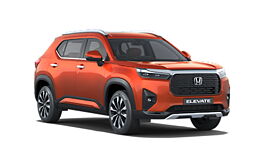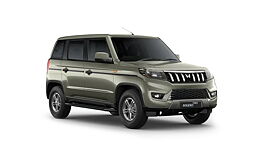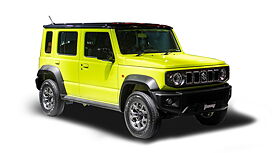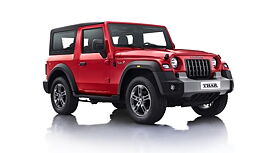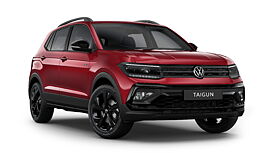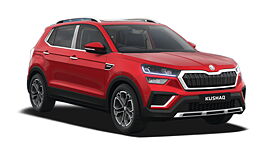4.0 इक्सटीरियर | 4.0 आरामदेह | 4.0 परफ़ॉर्मेंस |
3.0 फ़्यूल इकॉनमी | 2.0 पैसा वसूल |
The Aria is incredibly spacious on the inside too but then you would expect that from a big crossover. What you won’t expect is the smart, functional and modern looking dashboard. Fit and finish is a cut above the Safari and though not up there with the Innova, you won’t find much cause to complain. The seats are spacious and both front and middle row have ample head, leg and shoulder room. It’s just that the third-row passengers might complain about having less space than something like a Sumo Grande.
The design is right and the proportions even more so. It looks very attractive, looks impressively upmarket and is unmistakably a Tata. We love the sharp detailing, the neat rear and how they’ve avoided the slab sided look for something that is so tall. And, for once, the wheel and tyre package doesn’t look undersized. The smart 17-inch wheels and the 235 section tyres give it a nice, purposeful stance.
This top-end version we got is fully loaded. It’s got satellite navigation (which is quite confusing to use) and the usual bells and whistles like a CD changer, bluetooth connectivity, USB/aux-in port, a reverse camera with parking sensors, eight airbags, climate control, cruise control and for the first time in a Tata, an Electronic Stability Program. As for functionality, Tata’s given us absolutely no reason to complain. They have, get this, seven ceiling mounted cubbyholes and though we struggled to fill them up, we’re sure large families won’t have a problem. The middle and third row seats are flexible and this really is a well thought out, nicely designed and attractive cabin. We didn’t like the thin rim steering wheel and the fact that your fingers easily foul with the steering mounted audio controls though.
The Aria uses the same 2.2-litre DiCOR engine as the Safari making an identical 140bhp. But, the big difference here is the engine is a lot more refined. It’s barely audible when you are cruising and impressively quiet and smooth when you’re revving it too. It performs well too with a nice long-legged gait and though there is a bit of lag, it’s easily dismissed with a downshift. The Aria doesn’t have the instant low rev responsiveness of the Innova but it does have a broader powerband.
The ride is impressive too. The Aria absorbs everything our roads throw easily. Potholes are dispatched with distant, well-damped thunks and manages to never feel lumpy or uncomfortable. If anything, it is that this absorbent ride leads to a bit of floatiness at higher speed. We also didn’t like the steering which, though well weighted, is on the vague side especially around the straight ahead position. For all other purposes the Aria handles as expected. There is a bit of body roll, but it’s not disconcertingly so and the on-demand all-wheel drive system makes it feel surprisingly surefooted. There’s also a 4x2 mode where the front axle is decoupled helping improve fuel-efficiency.
The Aria is a serious alternative to the hugely accomplished Toyota Innova. It may not have the Innova’s handling finess, it’s fit-and-finish or it’s tractability, but it’s got the better ride, has a more powerful engine, has a lot of features and looks much better. At its price of Rs 12.91lakh for the base, it is pretty good value as well.
Upmarket, good handling, great ride quality, Amazing LooksToo Pricy for TATA Product
इन रिव्यूज़ को भी आप जांच सकते हैं
- होम
- टाटा कार्स
- अरिया [2014-2017]
- यूज़र रिव्यूज़
- Amazing Looks with Great ride Quality
